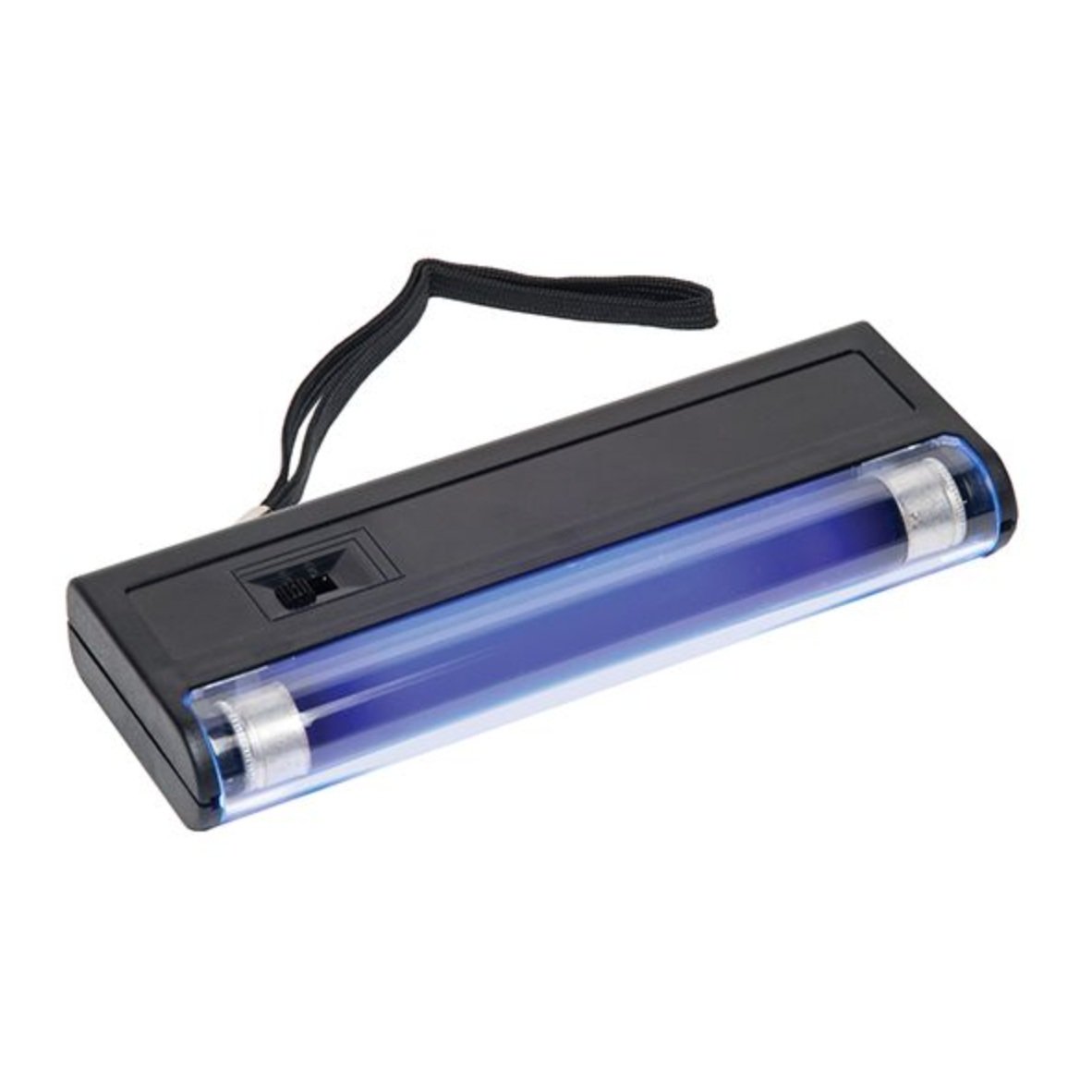Beginner’s Guide to Gem Testing Equipment
When it comes to identifying and evaluating gemstones, having the right tools is essential. From a simple loupe to advanced instruments like a refractometer or hydrostatic scale, these tools help you sort, identify, and appreciate the beauty and authenticity of each gem. In this guide, we’ll walk you through the must-have tools for every gem enthusiast.
The Loupe
A loupe is a small, handheld magnifying lens used to inspect gemstones up close. Most gemmologists use a 10x loupe, which provides a clear view of the stone’s surface and inclusions. Inclusions, or internal features, can offer clues about a gem’s identity and origin.
Pro Tip: Hold the loupe close to your eye and bring the gemstone to the loupe instead of the other way around. This gives you better control and stability when inspecting fine details.
Refractometer
A refractometer measures a gemstone’s refractive index (RI), one of the most critical factors in gem identification. By examining how light bends as it passes through the gem, you can narrow down your stone’s identity.
Pro Tip: Always use a clean, well-polished facet on the gem and ensure you have enough refractometer liquid for accurate readings.
Polariscope
A polariscope helps determine whether a gemstone is singly refractive or doubly refractive. This tool uses polarised light to reveal optical characteristics in the gem, like birefringence.
Pro Tip: Rotate the stone slowly and at different angles. In some cases, a stone might show different results depending on its orientation, especially if it's cut from a challenging crystal system.
Conoscope
A conoscope is used in conjunction with the polariscope to examine interference figures in birefringent gemstones. It helps confirm whether a stone is uniaxial or biaxial.
Pro Tip: Practice using the conoscope with well-known gems like quartz or corundum before testing rarer stones. This will help you familiarise yourself with what uniaxial and biaxial interference figures should look like.
Dichroscope
A dichroscope helps determine pleochroism, the ability of certain gems to show different colours when viewed from different angles. Stones like tanzanite, tourmaline, and iolite display pleochroism.
Pro Tip: Always view the stone under a strong, natural light source. Pleochroism is often more pronounced in daylight, making it easier to see the different colours.
Spectroscope
A spectroscope breaks light down into its spectral components, allowing you to see the absorption lines or bands that gemstones exhibit. Different stones absorb light differently, creating unique absorption spectra.
Pro Tip: When using a spectroscope, practice with gems you already know to become familiar with their spectra before moving on to unknown samples. Consistency in lighting and technique will give more accurate readings.
UV Light
A UV (ultraviolet) light can help reveal fluorescence in gemstones, which can aid in identification. Many diamonds fluoresce under UV light, as well as stones like kunzite, ruby, and sapphire.
Pro Tip: Test both under long-wave and short-wave UV light. Some stones may fluoresce under one type but not the other, which provides critical clues in identifying the stone.
Chelsea Filter
The Chelsea filter is a simple yet effective tool that was historically used for emeralds, but it can also be useful for testing other stones, such as certain blue and red gemstones. It filters out specific wavelengths of light, allowing only red and green light to pass through. This feature makes it particularly helpful in identifying emeralds (which typically show red) and in distinguishing between other coloured stones, such as rubies and topaz.
Pro Tip: The Chelsea filter can be helpful when you have a large number of stones to sort through quickly. It helps you narrow down potential gems making it an excellent tool for preliminary sorting before using more advanced testing equipment.
Hydrostatic Scale
Hydrostatic scales are used to determine the specific gravity (SG) of gemstones by weighing them both in air and in water. Specific gravity is the ratio of the density of the gemstone to the density of water, which can be a key factor in identifying a gem. Different gemstones have distinct specific gravity values, helping you differentiate between similar-looking stones.
Pro Tip: Hydrostatic scales are especially useful when identifying gems with subtle visual differences. For accurate readings, ensure the stone is clean and free of any attached material that could alter its weight in water.








